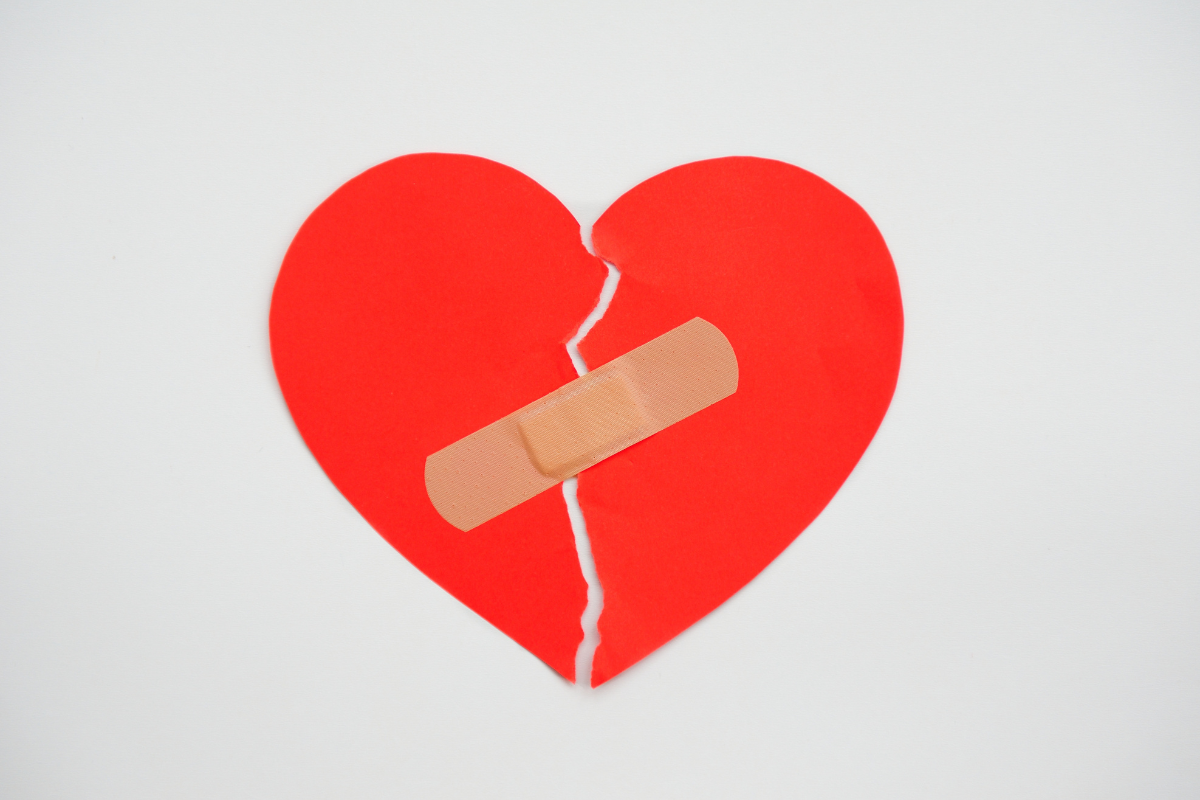Getting pregnant with a niche: ‘Seven miscarriages in a year’
As easy as Samantha (36) gets pregnant with her first child, it’s just as difficult the second time. She suffers miscarriage after miscarriage and knows for sure: they have everything to do with the niche that was created after her caesarean section. She rings the bell, more than once, but is told: ‘miscarriages are part of it’.
“Finally!” Samantha shouts to her husband when she sees the news report online, at the end of March. Finally there is a name for the complaints she has had since her caesarean section. The blood loss, cramps and reduced fertility are officially recognized as a disease. The AMC calls it Caesarean Scar Disorder, which Samantha has been suffering from since 2017. She tells her story on KekMama.nl to support fellow sufferers. Do you have complaints and are you sure it’s medical? Don’t ever let yourself be fooled into believing that it’s all in your head.”
Happy pregnancy
“When my husband and I decided that we wanted to go for a child together, it was immediately hit,” Samantha begins her story. It’s a nice pregnancy with few ailments. “Three weeks before the due date I was told that it would be a caesarean section due to my daughter’s breech presentation. I was asked if I wanted to participate in a survey called 2Close, about complications after cesarean section. The wound was then sutured in a single layer or in a double layer, I was not allowed to know, to investigate whether the type of stitch – single or double – could reduce the risk of complications. It couldn’t hurt and would certainly mean nothing to my fertility. Then fine, I thought.”
Research
Her daughter is born and eight weeks later Samantha gets an internal ultrasound as part of the examination. “I heard the sonographer say something to her colleague about a niche. I thought it sounded scary, had never heard of that word, but nothing else was said about it. All I was told was, “You’re done, ma’am.” “Yes, but what about that niche?” I asked. “An indentation in the scar,” it was said almost carelessly. In other words: my scar had not healed properly and I could keep spotting complaints. But I only found out about that after I explicitly asked whether such a niche could do any harm.” Nine months later, Samantha’s spotting complaints do indeed begin, and her periods are much heavier than before the pregnancy.
Miscarriage
When her daughter is two years old, Samantha and her husband decide to have a second child. After six weeks things go wrong, she feels. “From one moment to the next I knew: I am no longer pregnant. My breasts were suddenly no longer sensitive.” Samantha has no blood loss yet, the heart is still beating in the hospital. “But at home I started bleeding. I had indeed had a miscarriage.” After six months, she and her husband decide to try again.
Again it hits and again it goes wrong at six weeks. “I thought that was so strange. Was it really nothing to do with that niche? That kept running through my head.” Samantha goes to the doctor, the gynaecologist … but is sent from pillar to post. “I was told: ‘miscarriages are part of it’, it had happened to me ‘only’ twice. With three times they would look further.”
“I thought that reaction was inhuman. For myself, I was able to put the miscarriages into perspective in the beginning; the baby may not have been healthy, maybe next time it will work – but there are plenty of women who are upside down for months or even years.” Meanwhile, Samantha hears that she and her husband should talk to a sexologist about their sex life. Perhaps that causes stress and is the cause of the miscarriages. “It was pretended that it was all in my head, while I was sure that something was medically wrong.”
Time after time
In a year, Samantha suffers seven miscarriages. “More and more often we thought: this is not going to work anymore, there will always be three of us.” Grief is not understood by everyone. “I already had a child, didn’t I? I had to be happy with that. I hated those comments. Of course I was happy with my daughter, but for me the family was not yet complete.”
“I already had a child, didn’t I? I should be happy with that”
Meanwhile, Samantha reads everything she can about the possible consequences of a C-section. She increasingly comes across stories similar to her own. Niche women who miscarry after miscarriage. And about moisture that can remain behind such a niche. When she reads about a study by the Amsterdam Medical Center into the complaints after a caesarean section, she is sure: I want to participate in this. “I printed out everything I could find and shoved the papers under my doctor’s nose. I didn’t leave until I had a referral.” She reluctantly accepts it.
Finally understood
At AMC, Samantha is finally understood. “They were not crazy about my story. In fact, they heard it more often.” There it becomes clear why things keep going wrong around six weeks. Around that period, the embryo will implant itself, something that is not possible due to the moisture behind the niche. “I bleed a little bit all month. My uterus is therefore always in the ‘cleaning position’, so that no embryo remains.”



